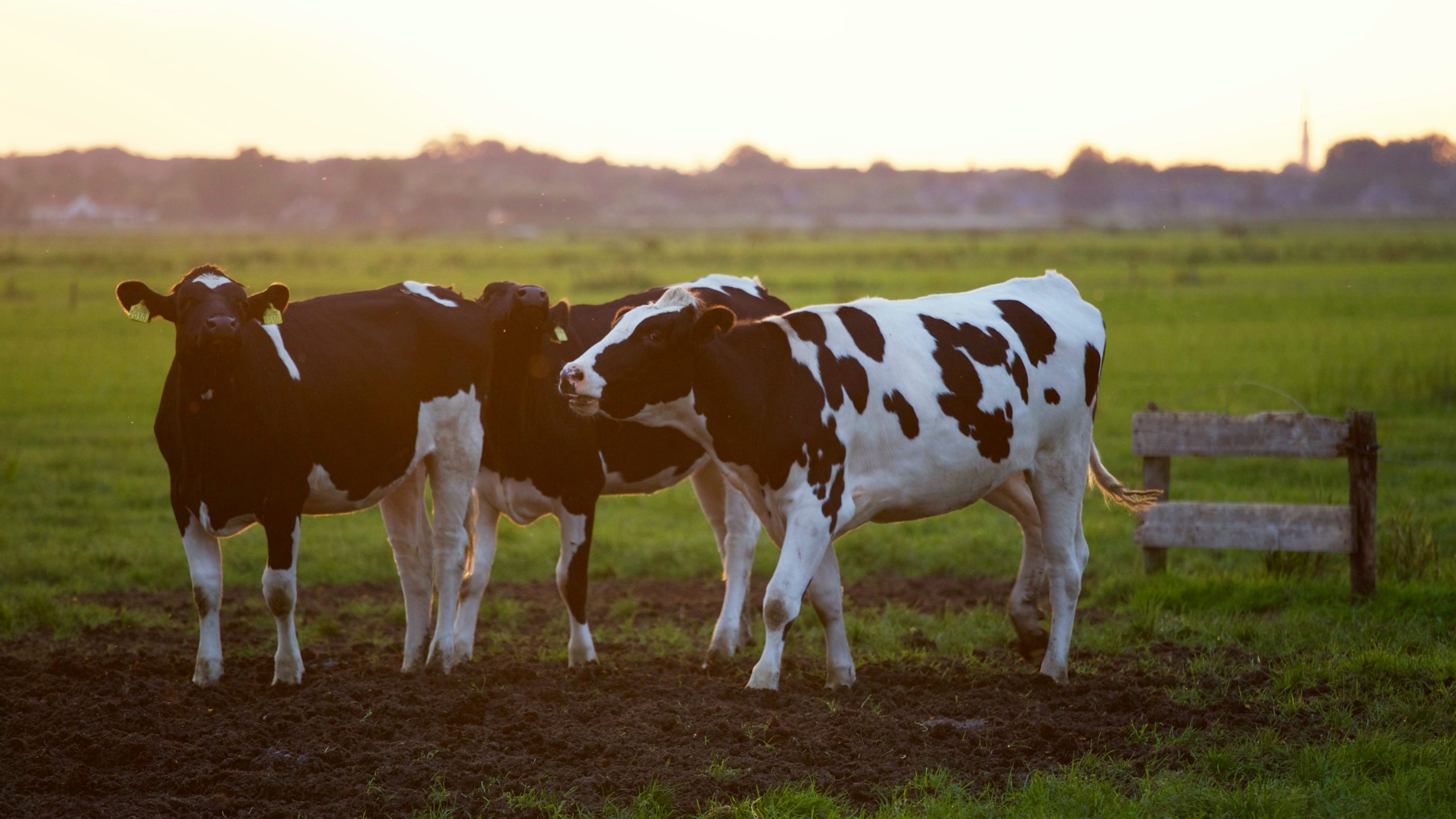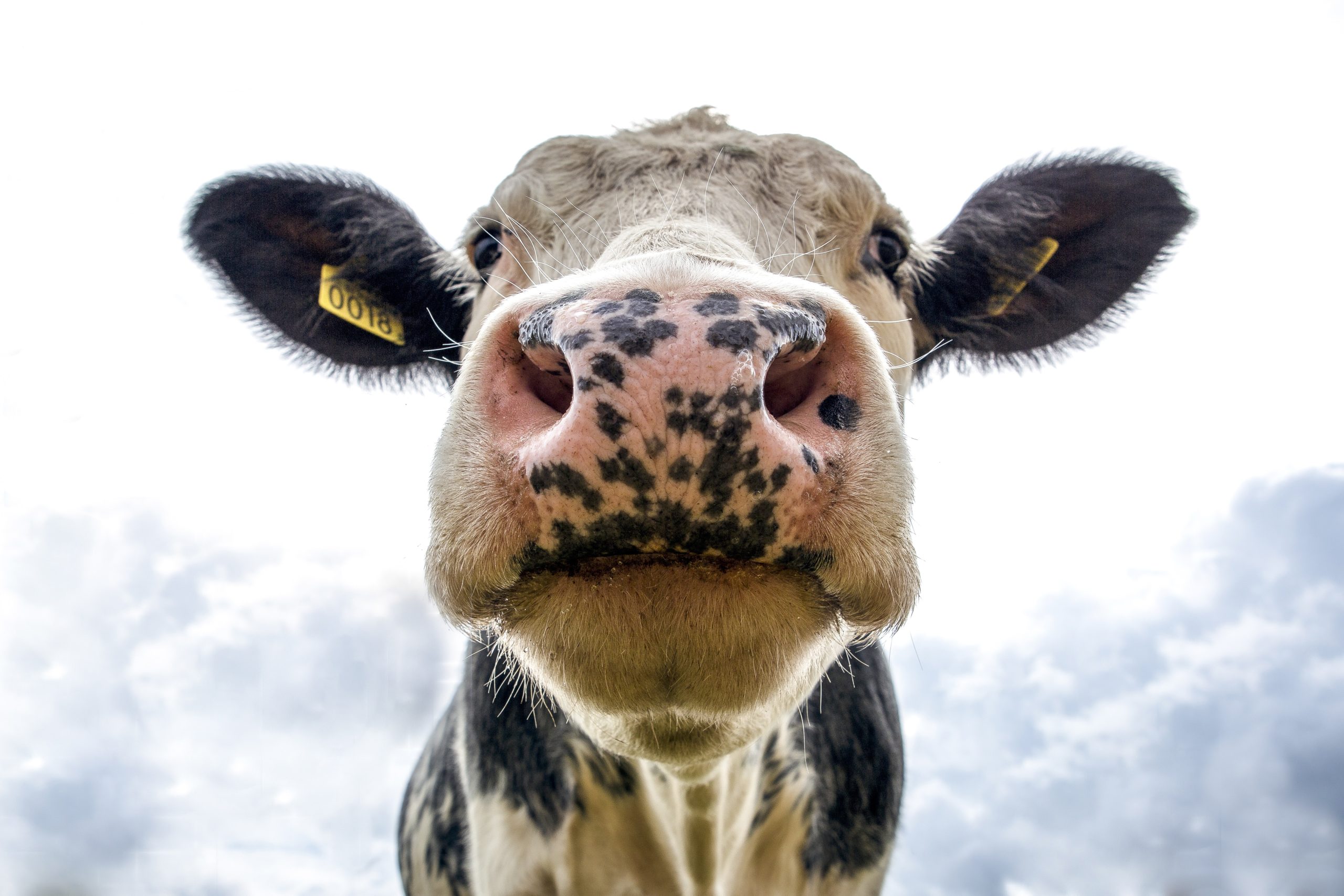Scours is most common in beef calves during the first six weeks of life. A scours outbreak can be time consuming, expensive to treat and, if not managed correctly, can result in significant losses (up to 10% of calves born).
If losses between pregnancy testing and weaning are greater than 5%, calf scours should be considered as a possible cause.
It is difficult to control the disease once calves start to scour and become sick. It is therefore important to manage calving herds to avoid outbreaks.
What causes calf scours?
Scours is caused by an interaction between the environment, the health of the calf and the presence of disease causing agents (pathogens), which include bacteria, viruses and protozoa.
Common pathogens which cause calf scours include:
- Cryptosporidia
- Rotavirus
- Bovine coronavirus
- E. coli
- Salmonella
These pathogens are shed in low, but increased, numbers in the manure of cows around the time of calving, and in much greater numbers in the manure of scouring calves and unaffected calves up to six months of age. During a scours outbreak, a rapid build-up of pathogens can occur in the environment.
Calves from heifers and calves with low immunity are most susceptible. Healthy calves can ingest low doses of pathogens without becoming sick. The dose needed to cause illness increases as the calf ages.
Economic losses due to calf scours
Easily measurable losses
- Cost of calf death (sale value of finished animal minus cost of pasture and supplement consumed, parasite control and vaccination)
- Cost of treatment (including labour)
- Difference between value of culled dam and cost of pregnant replacement
Less obvious losses
- Impact on growth rate in affected calves
- Loss of genetic potential
- Decreased capacity to improve and maintain herd
- Cost of preventative measures
Procedures for minimising calf scours
To reduce the risk of calf scours in your herd you should:
1. Minimise contact with potential sources of infection
Calves become infected when suckling or nibbling at surfaces contaminated with manure. This may be the cow’s teats, the ground, pasture, hay or contaminated water. Wet, muddy areas or areas with manure build-up pose the greatest risk. Most pathogens can survive in the environment for weeks or months (and in many cases for over a year) in cool damp conditions.
Management procedures to reduce environmental contamination and exposure of susceptible calves to scour-causing pathogens should form part of your annual management plan. On many properties it may only be necessary to apply these procedures to first-calf heifers.
Key elements include:
Target a limited joining (e.g. 60 days)
- The key goal of management is to maximise the total liveweight of calves weaned
- A short joining period may lower pathogen levels in calving paddocks and limit the age range of calves
Select calving and nursery paddocks 12 months in advance
- Plan a rotational strategy with multiple calving paddocks; do not leave calving cows in one paddock for more than three weeks; move more frequently if paddocks are wet and boggy
- Calve heifers and cows in separate paddocks
- Spell calving and nursery paddocks for at least three months before use or graze with low risk stock (calves > six months old, yearlings, dry cows or sheep)
- Do not use paddocks in which scours has occurred in the previous 12 months
- Use different paddocks from year to year
Minimise exposure of newborn calves to sources of infection
- Drift off cows and newborn calves each day into a separate ‘nursery group’
- Start a new nursery group every three weeks if possible
- Do not merge groups until the youngest calf is six weeks old
- Provide clean water, preferably in troughs
Avoid manure build-up
- Move supplementary feeding sites around the paddock
- Do not put cows into calving paddocks more than two weeks before the start of calving
- Provide gravel, sand or woodchips around water troughs if wet and muddy and apply 1kg lime/m2 every week; fix leaking troughs
What to measure and when
Check regularly for sick and scouring calves not able to suck, plus dead calves that have suckled. Heifer herds and other herds with a history of calf scours should be monitored daily until all calves are three weeks old. Check other herds at least every three days.
Record details of scouring calves, including calf and dam ID and calf age.
Record the number of dry cows at weaning. Aim for less than a 5% increase in dry cow numbers since pregnancy testing.
2. Maximise colostrum intake, calf welfare and nutrition
Calves are born without immunity to disease. Immunity is acquired from antibodies in colostrum absorbed from the gut in the first 12–24 hours of life. If calves do not receive sufficient, high quality colostrum during this time, they will be more susceptible to disease.
The most common cause of insufficient colostrum intake is calving difficulty (dystocia), which reduces the ability of the calf to suckle. The incidence of dystocia in your herd can be minimised by:
- Managing cow condition score
- Managing heifer liveweight and sire selection; and
- Supervising heifer and twin calvings
If dystocia rates are higher than 10% in heifers and 2% in cows supplement assisted calves by stripping the cow at calving and administering 1L colostrum/20kg calf weight with a tube feeder. A typical calf will need 1.5–2.5 litres. Also supplement any calf that has not suckled within six hours of birth with colostrum.
Early bonding between the cow and calf will maximise the chance of the calf receiving sufficient colostrum. Cattle should be selected and handled to facilitate early attachment. Calves from heifers are most at risk of abandonment. Reduce this risk by handling replacement heifer calves at weaning and using management procedures at calving that are appropriate to the temperament of the heifer group.
3. Avoid introduction of new calf scour pathogens
- Do not replace dead calves with bobby calves from another property
- Do not introduce recently purchased animals into calving herd or herds with calves less than six weeks old
- If you plan to routinely introduce calves on a larger scale, develop protocols to minimise the risk of disease introduction
- Keep calving cows and young calves away from paddocks containing watercourses arising from other properties
- If you use colostrum or milk from another property, ensure the supplier has disease control protocols in place
- If scouring occurs in calves exposed to introduced animals or colostrum, isolate the group until they are over six weeks of age
What to measure and when
Record details of all new introductions, including origin and route of introduction, and likelihood that young calves have received colostrum. Calves less than 10 days of age can be tested to check if colostrum intake has been sufficient.
Dealing with scours in calves
Control measures should be applied quickly when scouring calves require treatment, as the disease can spread rapidly if pathogen build-up is not addressed:
- Move all pregnant cows to a new calving paddock
- Drift off newly calved cows and calves to a new ‘nursery group’ and provide fresh paddocks for these new groups as often as possible
- Do not put any new calves with affected cows and calves
- Fence off heavily used calf camps in paddocks with affected calves
- Ensure affected calves have no access to water courses or surface water
- Calves that have loose manure but are bright, active and sucking are not of concern; calves that are lethargic, reluctant to move or rise and unwilling to suck should be treated
- Sick calves and newborn calves should not be handled by the same person without thorough disinfection between operations. Always have overalls and gloves specifically for treating sick calves and wear clean overalls and disposable gloves when handling newborn calves.
Treating scouring calves
Sick calves need to be rehydrated with oral fluids. The amount depends on the severity of the scours and level of dehydration. See your veterinarian for a suitable electrolyte.
For energy, continue to feed the calf its normal milk or milk replacer – feed and administer the electrolyte at least 2 hours apart to allow normal milk clotting and digestion. Antibiotics are not usually required.
For scours caused by Cryptosporidia there is a new prescription medication (Halocur) now available. A vaccine to aid in the prevention of diarrhoea in calves (covering rotavirus, corona virus, E.coli and Clostridium perfringens type D) is soon to be released.
Meat & Livestock Australia acknowledges the matching funds provided by the Australian Government to support the research and development detailed in this publication.




